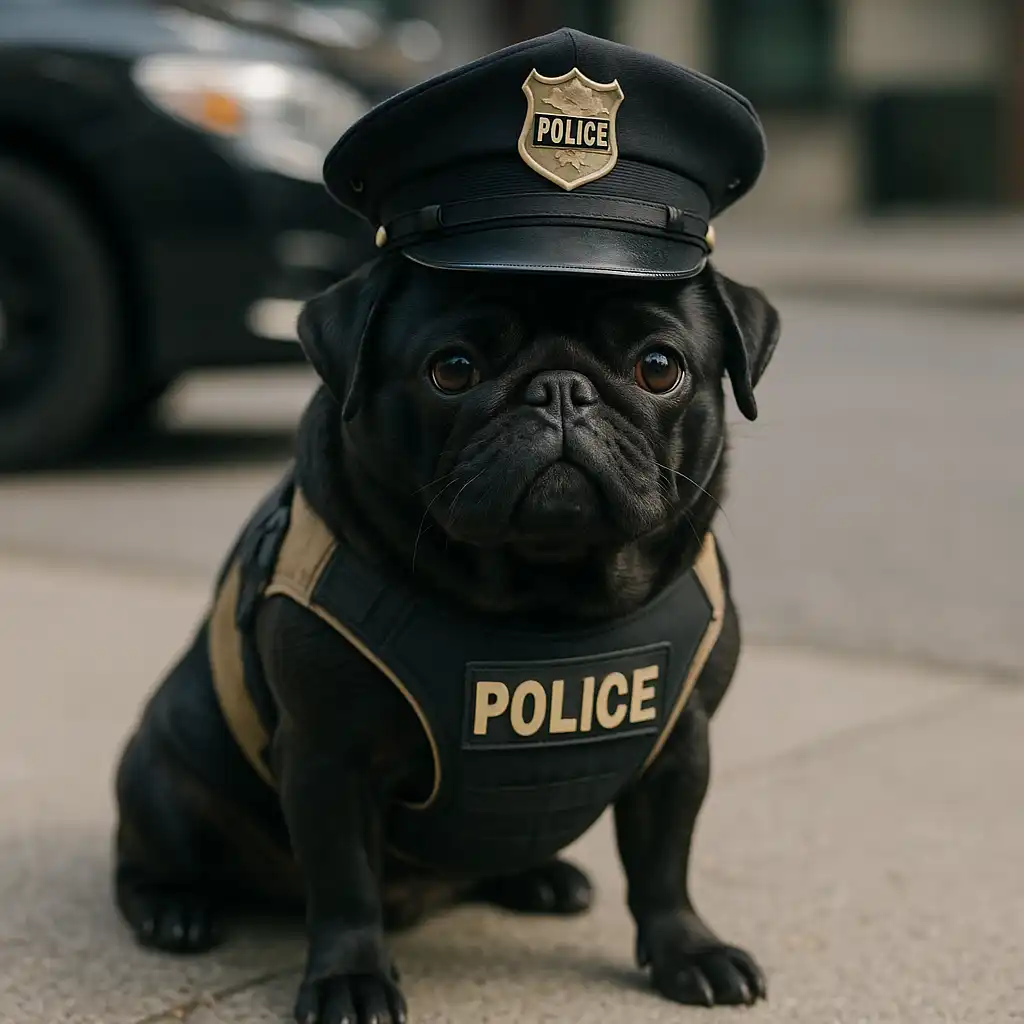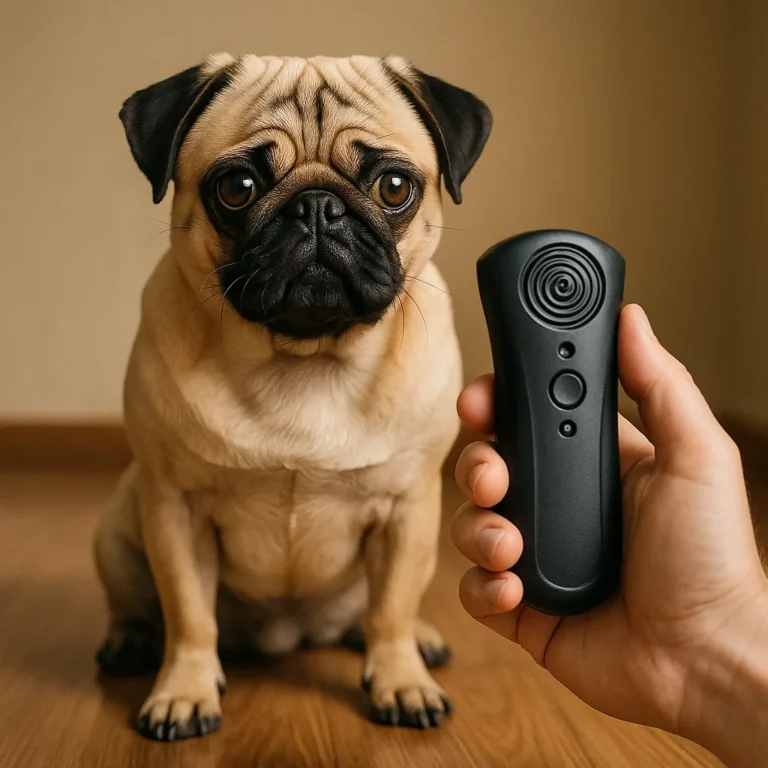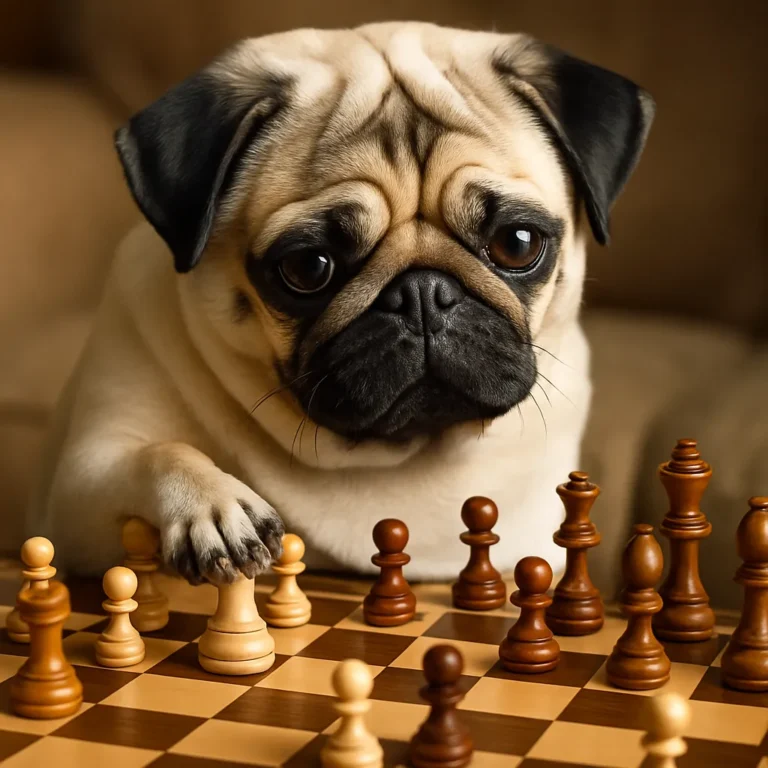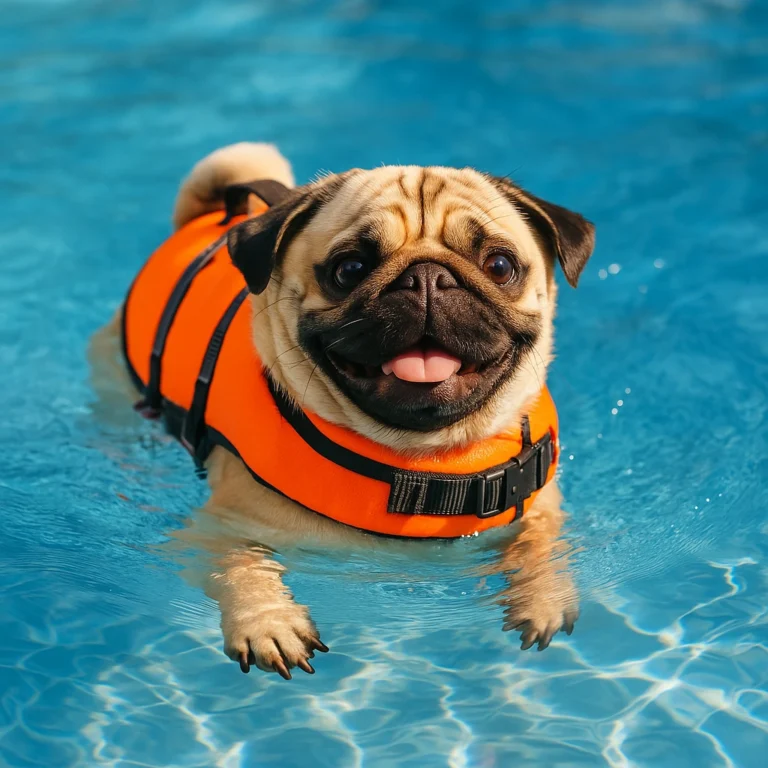Can Pugs Be Police Dogs? Why These Little Clowns Weren’t Made for the Force

Disclosure: This post contains affiliate links. As an Amazon Associate, I earn from qualifying purchases—at no extra cost to you.
Pugs are best known for their squishy faces, snorting sounds, and serious love of lounging. But every now and then, someone asks a funny question: could a pug ever be a police dog? It’s a fun thought—but there’s more to it than just imagining a tiny uniform and a badge.
While pugs weren’t built for high-stakes police work, they’ve got their own set of quirky traits that make them useful and lovable in different ways. Let’s take a look at where they fall short, and where they quietly shine.
Why Pugs Aren’t Cut Out for Classic K9 Work
Physically, pugs just aren’t equipped for intense work. With short legs, a flat face, and limited stamina, they tire easily and overheat quickly. These are serious drawbacks for tasks like chasing suspects or sniffing out explosives.
Vets and breed experts also point out that pugs tend to have a mind of their own. They’re intelligent, but not always eager to follow commands without a good reason—usually food. Compared to focused, high-drive breeds like German Shepherds or Belgian Malinois, pugs are more laid-back and independent.
Police dogs need to stay sharp under pressure, respond instantly, and handle long hours. Pugs? They’re more suited to monitoring the fridge and keeping your lap warm.
Where Pugs Actually Shine
While they won’t be patrolling airports or taking down criminals, pugs do have a few things going for them—especially when it comes to emotional support.
Many pug owners say their dogs are deeply in tune with their routines and moods. That makes them great companions for people who need comfort, consistency, and a little comic relief. Pugs are also commonly used as therapy dogs in settings like schools, nursing homes, or rehab centers. They’re gentle, friendly, and small enough to sit on a lap or bed without overwhelming anyone.
They might not be out in the field solving crimes, but they’re experts at offering calm, cozy companionship.
Traits That Still Show Working Potential
Pugs aren’t useless when it comes to task-based behavior. In fact, plenty of pug owners have trained their dogs to do small jobs around the house. These might not be K9-level tasks, but they still show focus, awareness, and a desire to engage.
Here are a few traits that stand out:
- Alertness: Pugs often react to noises like doorbells or unfamiliar footsteps. They’ll bark to let you know someone’s around.
- Food motivation: Their love for treats makes training easier—at least for basic commands.
- Loyalty: Once a pug bonds with you, they want to be by your side, always. This loyalty is great for emotional support and routine-based tasks.
Some owners even create “missions” like hiding treats or teaching scent games. It’s not police work—but it’s still a fun, mentally stimulating way to give your pug a purpose.
Creative Ways to Put Your Pug “On Duty”
You can’t train a pug to detect narcotics, but you can give them small responsibilities that fit their personality. Many owners enjoy turning everyday routines into playful “jobs” for their dogs.
Here are a few ideas shared in pug communities:
- Hide treats in puzzle toys or under cups for scent work
- Teach commands like “find it,” “go check,” or “who’s there?”
- Let your pug carry a small pack or pouch during walks
- Use food-dispensing toys as part of a “patrol the kitchen” routine
These small tasks are great for engagement and help channel their energy in ways that feel rewarding and fun.
Conclusion
Pugs aren’t cut out for police work, and that’s okay. They’re not built for the physical demands, and their personalities lean more silly than serious. But that doesn’t mean they can’t be helpful, alert, and even a little clever when given the chance.
With the right approach, you can turn your pug into a fun, task-loving sidekick—just maybe not one you’d send to chase down a suspect.






